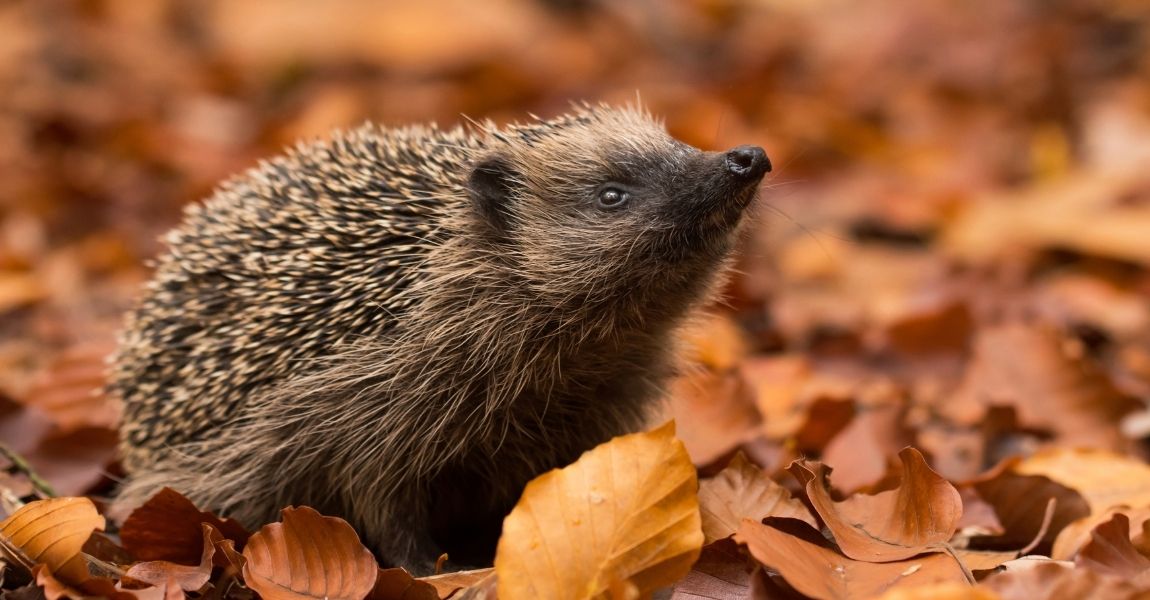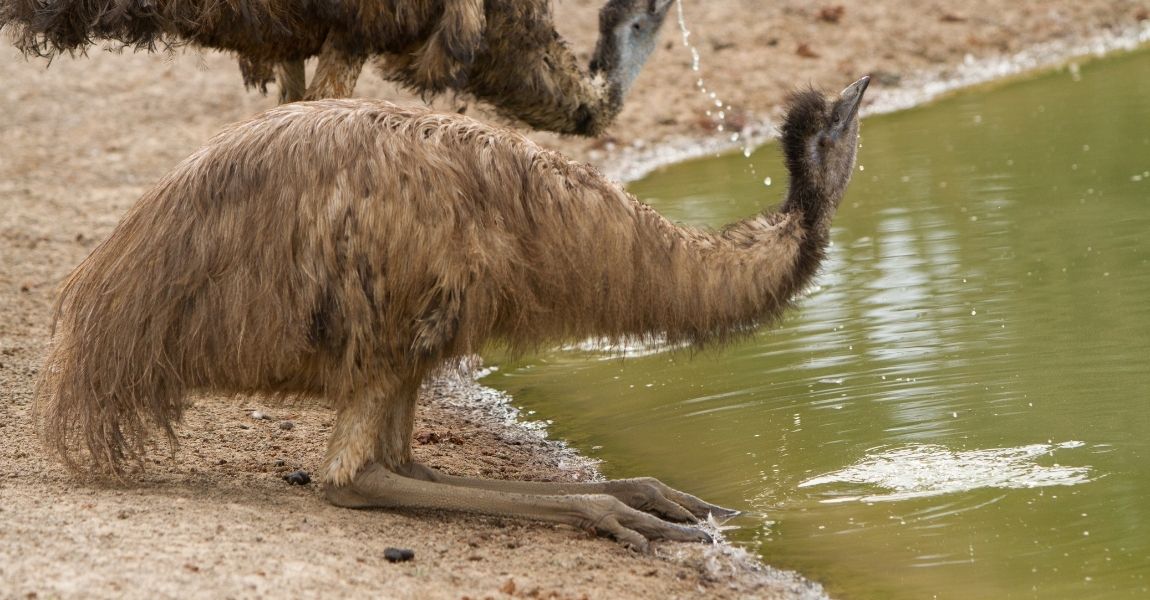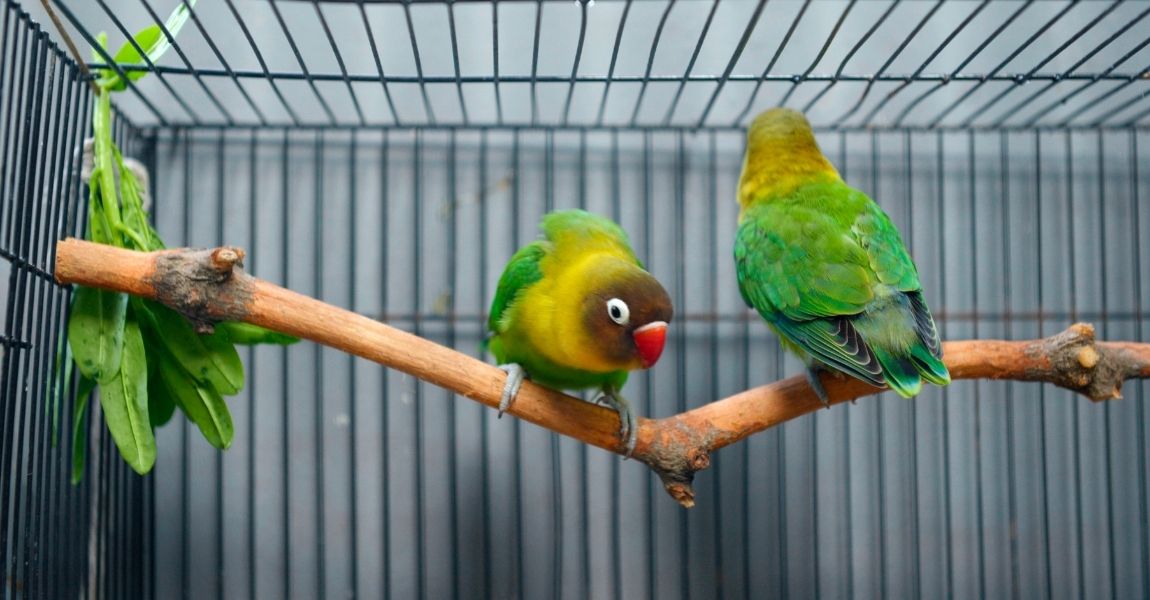Understanding Weird Behavior in Pet Hedgehogs
Introduction:
Pet hedgehogs are fascinating and unique creatures that can bring joy and companionship to their owners. However, they also exhibit certain behaviors that might seem strange or unusual to inexperienced hedgehog owners. Understanding these behaviors is essential for providing proper care and ensuring the well-being of your pet. In this article, we will explore some of the weird behaviors commonly observed in pet hedgehogs and shed light on their underlying causes.
Nocturnal Habits:One of the most noticeable traits of hedgehogs is their nocturnal nature. Hedgehogs are primarily active during the night, which means they tend to sleep throughout the day. This behavior can be perplexing for owners who expect their pets to be awake and active during daylight hours. However, it is crucial to respect their natural sleep cycle and provide them with a quiet and dark sleeping environment during the day.
Self-Anointing:Self-anointing is a behavior unique to hedgehogs that can appear quite bizarre to observers. When a hedgehog encounters a new or unfamiliar scent, they may begin to salivate excessively, form a frothy substance in their mouth, and proceed to spread this saliva onto their quills. This behavior is believed to be a way for hedgehogs to mask their scent and camouflage themselves in the wild. While self-anointing can appear strange, it is a normal and instinctive behavior that should not cause concern.
Quill Popping:Quill popping refers to a defensive behavior displayed by hedgehogs when they feel threatened or frightened. When a hedgehog is startled or feels vulnerable, they may quickly contract their muscles, causing some of their quills to stand erect or "pop." This behavior serves as a protective mechanism to deter potential predators. Quill popping is a natural response and should not be interpreted as a sign of aggression. It is important to handle hedgehogs gently and with care to minimize stress and reduce the likelihood of this behavior.
Ancestral Digging:In the wild, hedgehogs are known for their burrowing and digging abilities. Even in domesticated settings, hedgehogs may exhibit digging behaviors by scratching or burrowing into their bedding or substrate. This behavior is deeply rooted in their instincts and serves various purposes, such as foraging, creating nests, or marking territory. Providing appropriate outlets for digging, such as providing tunnels or hiding spots, can help satisfy this natural behavior and prevent destructive digging in unwanted areas.
Hibernation Attempt:Hedgehogs are not true hibernators, but they have a natural tendency to go into a state of torpor in colder environments or when they perceive a decrease in daylight hours. During this period, their metabolism slows down, and they become less active. However, it's important to note that domesticated hedgehogs are not well-adapted for hibernation, and attempting to hibernate can be extremely dangerous for their health. If you notice signs of hibernation attempt, such as excessive sleepiness or decreased activity, it is crucial to provide warmth and consult a veterinarian immediately.
Conclusion:Understanding the weird behaviors displayed by pet hedgehogs is key to being a responsible and attentive owner. By recognizing and respecting their unique traits, you can provide a suitable environment that promotes their natural behaviors and overall well-being. Remember to observe your hedgehog's behavior closely, seek guidance from experienced hedgehog owners or veterinarians, and provide appropriate care to ensure a happy and healthy life for your adorable hedgehog companion.





